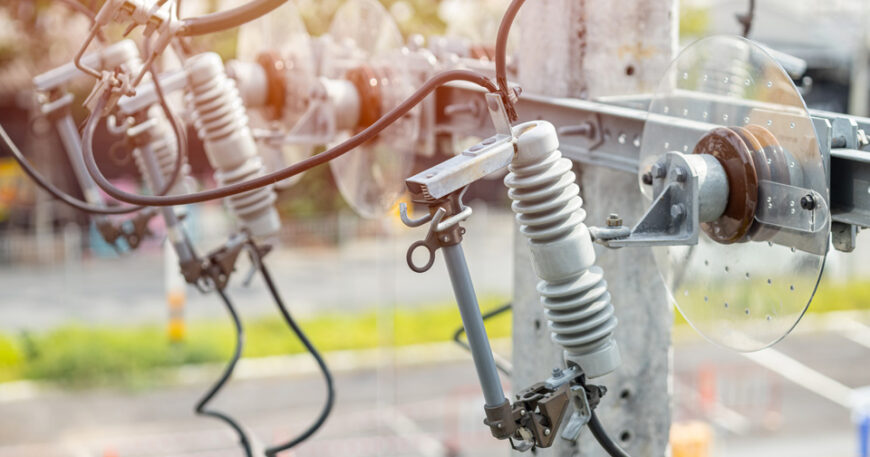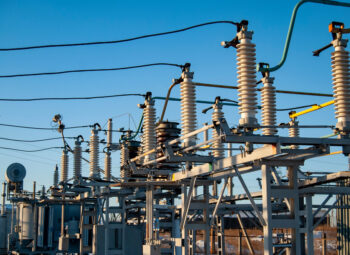In the realm of electrical power distribution, certain components play pivotal roles in ensuring safety, efficiency, and reliability. One such critical component is the Electrical Drop Out Fuse (DO Fuse). Designed with precision and purpose, the DO Fuse serves as a safeguard against overcurrents and faults within power systems, offering both protection and operational continuity.
Understanding the Functionality
At its core, the Electrical Drop Out Fuse operates on a simple yet effective principle: when an electrical circuit experiences an overcurrent due to a fault or overload, the fuse element within the DO Fuse melts or breaks, thereby interrupting the current flow. This swift action prevents further damage to equipment downstream and minimizes the risk of electrical fires.
Key Components
- Fuse Element: Typically made from materials with specific melting points, such as silver, copper, or alloys, the fuse element is calibrated to melt under predefined current conditions. This ensures that only excessive currents beyond safe limits cause the fuse to blow.
- Arc Chutes: To safely extinguish the arc that forms when the fuse interrupts the current, arc chutes are employed. These structures utilize their design to quickly cool and separate the arc, preventing re-ignition and maintaining the integrity of the electrical system.
- Mounting Structure: DO Fuses are often housed within robust insulating materials, ensuring they can withstand environmental conditions and maintain operational reliability even in harsh environments.
Applications in Power Distribution
The application of Electrical Drop Out Fuses spans across various segments of power distribution, including:
– Distribution Transformers: Protecting transformers from faults and overcurrents, ensuring uninterrupted power supply to consumers.
– Overhead Power Lines: Safeguarding against faults caused by lightning strikes or accidental contact, preventing widespread outages and equipment damage.
– Industrial Facilities: Ensuring the safety of critical equipment and machinery, minimizing downtime and operational risks.
Advantages and Considerations
– Reliability: Known for their quick response to overcurrents, DO Fuses offer reliable protection and contribute to the overall stability of electrical grids.
– Cost-Effectiveness: Compared to other protective devices, DO Fuses are often more economical to install and maintain, making them a preferred choice in many applications.
– Maintenance: Regular inspection and replacement of DO Fuses are essential to ensure continuous protection. Periodic testing helps identify potential issues before they escalate.
Conclusion
In conclusion, the Electrical Drop Out Fuse stands as a cornerstone in the realm of electrical safety and power distribution. With its ability to swiftly interrupt dangerous currents while maintaining operational continuity, the DO Fuse remains indispensable in safeguarding both equipment and personnel. As technology advances, the role of DO Fuses continues to evolve, adapting to meet the ever-growing demands of modern electrical systems.
By understanding its functionality, components, applications, and advantages, stakeholders in the power industry can appreciate the crucial role that Electrical Drop Out Fuses play in ensuring reliable and safe electrical distribution worldwide.



